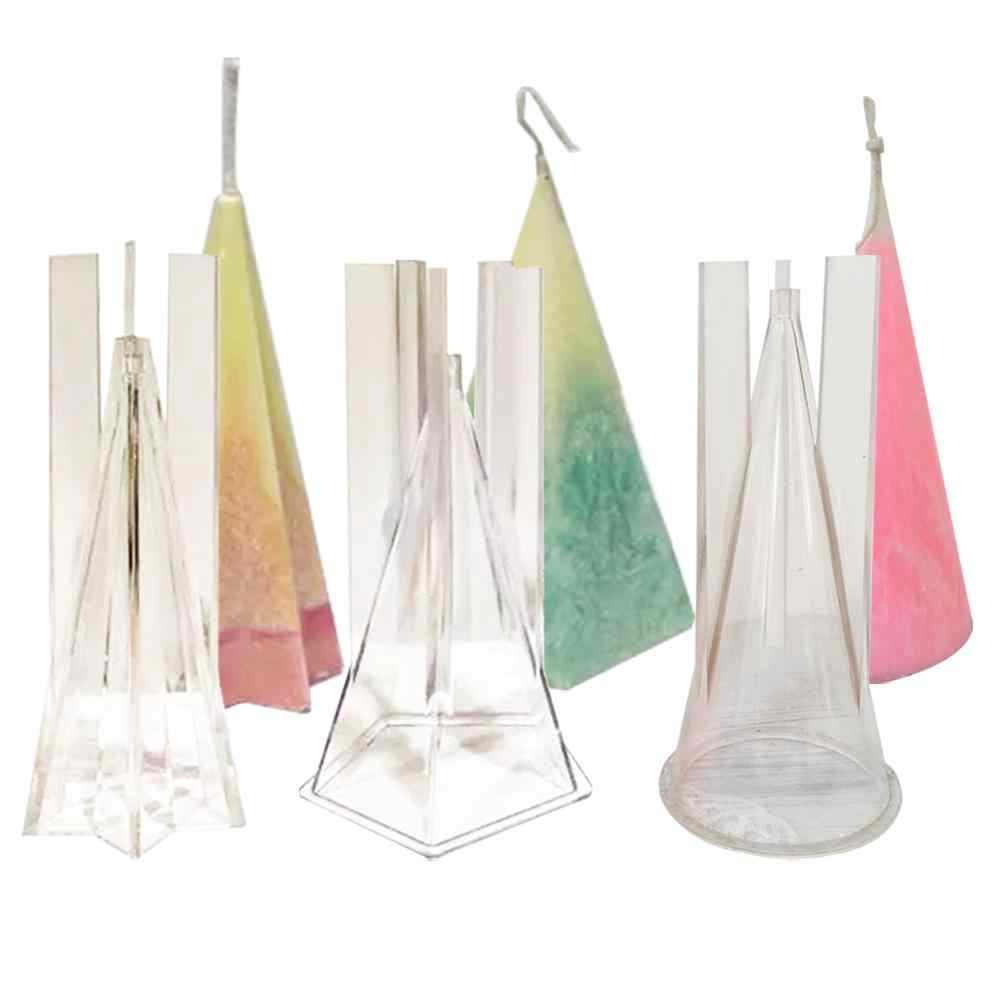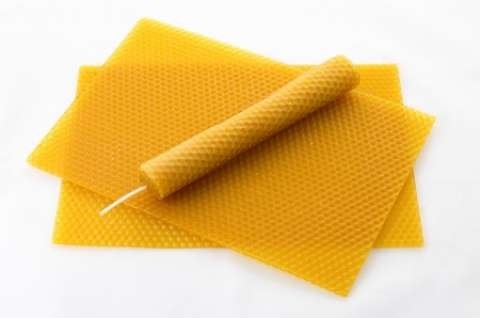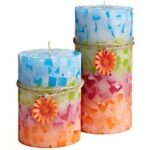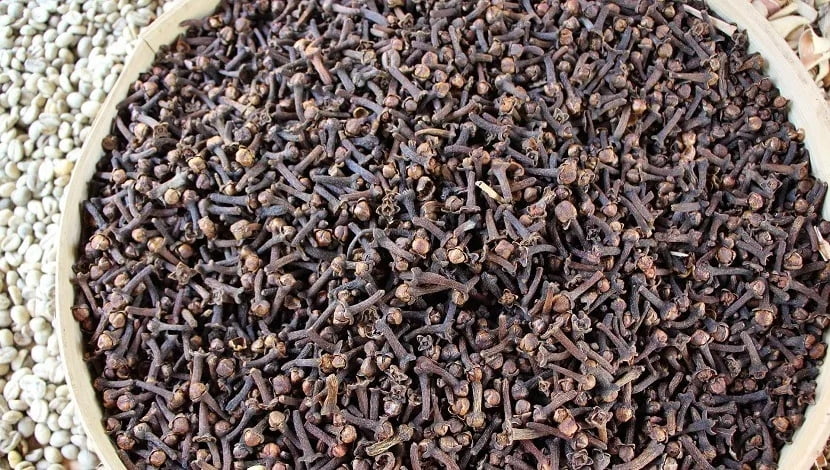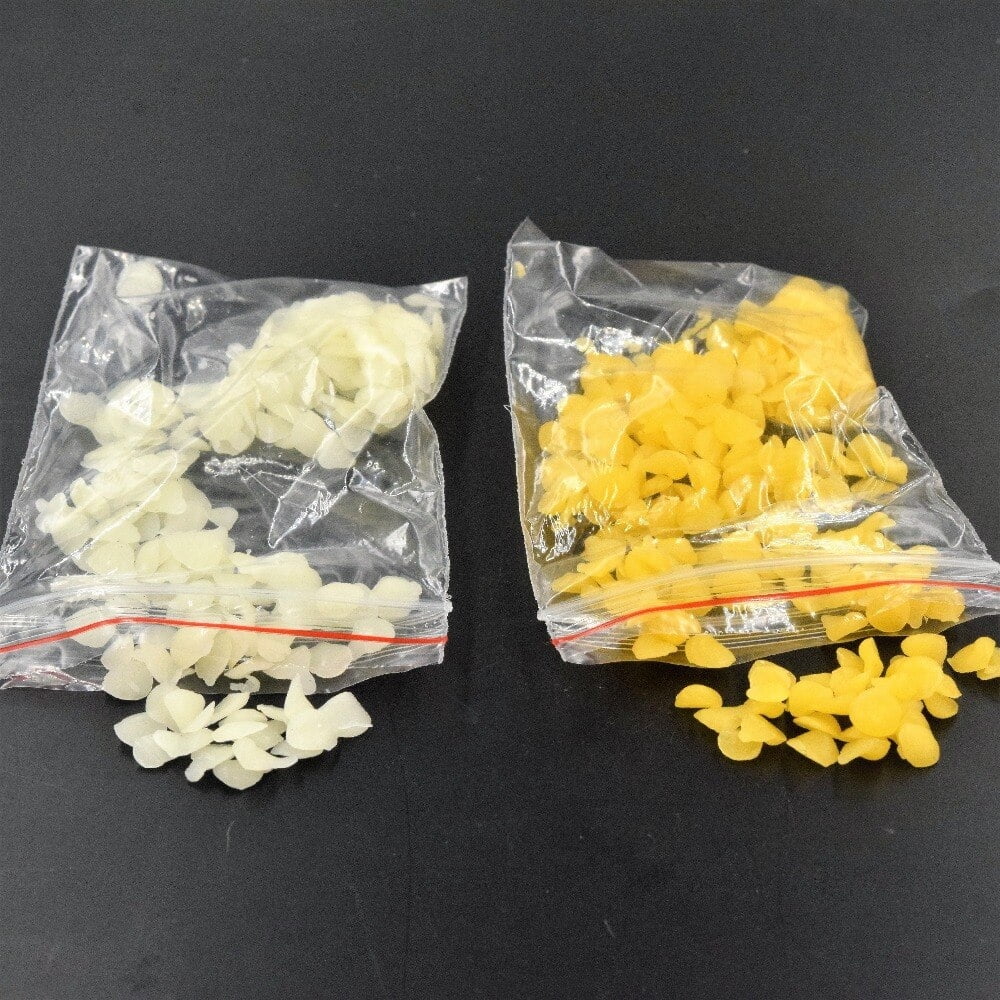Beeswax has been used for centuries as a natural material in candle making, and its popularity continues to grow due to its numerous benefits. One of the most common questions asked by aspiring candle makers is, “Is beeswax good for making candles?” The answer lies in the unique properties of beeswax, as well as its history and process of extraction.
Beeswax holds a long-standing tradition in candle making, dating back to ancient civilizations. It is derived from honeycombs within beehives and has been prized for its clean-burning and long-lasting qualities. The process of harvesting beeswax involves careful extraction from the hive, followed by purification to remove impurities and debris. This natural substance is then ready to be transformed into beautiful candles.
The benefits of using beeswax for candle making are extensive, ranging from its clean burning properties that purify the air to creating dripless and long-lasting candles. Beeswax also offers a natural and eco-friendly alternative to paraffin wax, which makes it an attractive choice for environmentally conscious individuals.
As we delve deeper into the world of beeswax candle making, you will discover the various factors that contribute to the quality of beeswax and how to identify high-quality beeswax for your own candle-making endeavors.
Benefits of Using Beeswax for Candle Making
Beeswax has been used for centuries in candle making and is known for its many benefits. Here are some of the reasons why beeswax is good for making candles:
- Clean burning properties: Beeswax candles produce very little soot when burned, making them a great choice for indoor use. This also means that they are less likely to release harmful toxins into the air, making them a healthier option compared to other types of candles.
- Long-lasting and dripless candles: Beeswax is a hard wax that burns at a slower rate than other waxes, which means that beeswax candles typically last longer. Additionally, they have a higher melting point, so they are less likely to drip and create a mess while burning.
- Natural and eco-friendly alternative to paraffin wax: Beeswax is a natural byproduct of honey production by honeybees. This makes it a renewable resource and an environmentally-friendly choice for candle making. In contrast, paraffin wax is derived from petroleum, which is not sustainable and can release harmful chemicals when burned.
Using beeswax for candle making not only produces high-quality candles but also promotes sustainability and environmental responsibility. With its clean burning properties, long-lasting nature, and eco-friendly qualities, beeswax is undoubtedly a great choice for anyone interested in creating their own candles at home.
Quality of Beeswax for Candle Making
Factors That Determine the Quality of Beeswax
The quality of beeswax for candle making is determined by several factors, including its color, scent, and purity. High-quality beeswax is typically light in color, ranging from pale yellow to white, and has a subtle, sweet aroma. Another important factor is the purity of the beeswax, which can be affected by the processing methods used. Pure beeswax that has been minimally processed will yield the best results when making candles.
How to Identify High-Quality Beeswax for Candle Making
When selecting beeswax for candle making, it’s essential to look for reputable suppliers that offer pure and natural beeswax. Beeswax that is labeled as “cosmetic grade” or “food grade” is generally a good choice for candle making as it signifies high quality. Additionally, conducting a simple scratch and sniff test can help determine the quality of beeswax – high-quality beeswax will have a sweet and pleasant scent without any off-putting odors.
Benefits of Using High-Quality Beeswax for Candle Making
Using high-quality beeswax for candle making ensures that the resulting candles burn cleanly and evenly while emitting a natural honey-like fragrance. It also reduces the likelihood of issues such as tunneling or sooting during burning. By choosing high-quality beeswax, candle makers can create beautiful, long-lasting candles that are not only visually appealing but also environmentally friendly due to their renewable and sustainable nature.
How to Prepare Beeswax for Candle Making
Beeswax is considered a premium choice for candle making due to its natural properties and benefits. However, in order to achieve the best results when using beeswax for candle making, it is important to properly prepare the beeswax. This section will provide insights into how to prepare beeswax for candle making, including the process of melting and filtering the beeswax, as well as adding scents and colors to create unique and personalized candles.
Melting and Filtering Beeswax
Before beeswax can be used to make candles, it needs to be melted and filtered to remove any impurities. The most common method of melting beeswax is by using a double boiler or a dedicated wax melter to gently heat the beeswax until it becomes completely liquid.
It is important to heat the wax slowly and at a low temperature to avoid damaging its natural properties. Once melted, the beeswax should then be filtered using a fine mesh to remove any debris or leftover particles.
Scenting and Coloring Beeswax Candles
One of the advantages of using beeswax for candle making is that it can hold fragrance oils and essential oils effectively, allowing for scented candles with natural aromas. To scent beeswax candles, simply add the chosen amount of fragrance oil or essential oil once the wax has been melted and filtered.
For coloring beeswax candles, natural dyes or specially formulated candle dyes can be added at this stage as well. It is important to stir the wax thoroughly after adding scents and colors to ensure an even distribution.
Testing Beeswax Quality
While preparing beeswax for candle making, it is also important to ensure that the quality of the wax meets high standards. This includes checking for impurities such as debris or pollen in raw beeswax which can affect its burning performance. It’s also important that consumers verify if there are signs of overheating during processing which could affect coloration properties.
By carefully preparing high-quality beeswax through proper melting and filtering techniques while also incorporating personal touches like scenting and coloring, crafters can enjoy creating beautiful candles with pure ingredients.is beeswax good for making candles.
Beeswax Candle Making Techniques and Tips
Beeswax candle making is a wonderful and rewarding craft that allows you to create beautiful, clean-burning candles at home. There are several techniques and tips to keep in mind when working with beeswax to ensure that your candles turn out just the way you want them.
One popular method for making beeswax candles is the traditional hand-dipping technique. This involves repeatedly dipping a wick into melted beeswax, allowing it to cool and harden before dipping it again. This process is repeated until the desired thickness is achieved. Alternatively, you can also use molds to create beeswax candles in various shapes and sizes. Beeswax can be melted and poured into molds, where it will solidify into the shape of the mold.
When working with beeswax, it’s important to keep a few key tips in mind. First, ensure that your work area is well-ventilated, as melting beeswax can produce fumes.
It’s also important to use a double boiler or a dedicated wax melting pot to melt the beeswax gently and evenly without scorching it. Additionally, adding fragrance or color to your beeswax candles is possible but requires careful consideration of the type of essential oils or dyes used, as some may affect the burning properties of the wax.
Overall, while working with beeswax for candle making does require some specific techniques and considerations, the end results are definitely worth it. The natural properties of beeswax make it an excellent choice for creating long-lasting and eco-friendly candles that are perfect for any occasion. Whether you’re a beginner or an experienced candle maker, experimenting with different techniques and tips can lead to beautiful and unique creations using beeswax.
Comparing Beeswax to Other Candle Making Materials
Beeswax is a popular choice for making candles due to its many benefits and unique properties. When comparing beeswax to other candle making materials such as paraffin wax, soy wax, and palm wax, it becomes evident that beeswax has several advantages. One of the main benefits of using beeswax for making candles is its clean burning properties. Beeswax candles produce very little soot when burned, making them a healthier option for indoor use.
In addition to its clean burning properties, beeswax also produces long-lasting and dripless candles. This means that beeswax candles have a longer burn time compared to other types of candles, and they are less likely to create a mess while burning. These characteristics make beeswax an excellent choice for those who want to enjoy their candles without having to worry about constantly trimming the wick or cleaning up melted wax.
Furthermore, beeswax is a natural and eco-friendly alternative to paraffin wax, which is derived from petroleum. As consumers become more environmentally conscious, there is a growing demand for sustainable candle options. Beeswax fits this need perfectly as it is a renewable resource that does not contribute to air pollution when burned. In contrast, paraffin wax releases harmful chemicals into the air when lit, making it a less desirable choice for environmentally conscious individuals.
| Benefit | Description |
|---|---|
| Clean Burning Properties | Produces minimal soot when burned |
| Long-Lasting and Dripless Candles | Has a longer burn time and doesn’t create a mess while burning |
| Natural and Eco-Friendly Alternative | Renewable resource that doesn’t contribute to air pollution when burned |
Common Myths and Misconceptions About Beeswax Candles
Beeswax has long been used as a natural ingredient for candle making due to its numerous benefits. However, there are some common myths and misconceptions about beeswax candles that need to be addressed.
One of the most prevalent myths is that beeswax candles are difficult to make and require special training or skills. The truth is that while there is a learning curve, making beeswax candles at home can be an enjoyable and rewarding experience for beginners and experienced crafters alike.
Another misconception about beeswax candles is that they are not as fragrant as candles made from other waxes. While it is true that beeswax candles have a more subtle scent compared to synthetic fragrances, they still offer a warm honey-like aroma when burned. Additionally, beeswax has the natural ability to purify the air by releasing negative ions when burned, which can help eliminate dust, odors, mold, and pollen.
Furthermore, it is often falsely believed that beeswax candles are prohibitively expensive compared to other types of candles. While it is true that pure beeswax can be more costly than paraffin or soy wax initially, the longevity and clean-burning properties of beeswax candles make them a cost-effective choice in the long run. Additionally, their eco-friendly nature and sustainable sourcing also contribute to their overall value.
| Myth or Misconception | Reality |
|---|---|
| Beeswax candles are difficult to make | Making beeswax candles at home can be an enjoyable experience for crafters of all skill levels. |
| Beeswax candles lack fragrance | Beeswax offers a warm honey-like aroma and has air-purifying properties when burned. |
| Beeswax candles are too expensive | The longevity and clean-burning properties of beeswax make them a cost-effective choice in the long run. |
Conclusion
In conclusion, it is evident that beeswax is an excellent choice for making candles due to its numerous benefits. From its clean burning properties to its long-lasting and dripless nature, beeswax surpasses other candle-making materials in terms of quality and eco-friendliness.
Its natural origin and minimal processing make it a top choice for those looking for a sustainable alternative to paraffin wax. The fact that beeswax emits a subtle honey-like fragrance only adds to its appeal, making it a popular option among candle enthusiasts.
Furthermore, the quality of beeswax plays a crucial role in the success of candle making. Knowing how to identify high-quality beeswax is essential, as it can significantly impact the final product. Whether you are melting and filtering beeswax or scenting and coloring your candles, using premium-quality beeswax is key to achieving the best results.
With all these benefits in mind, I encourage readers to explore the world of beeswax candle making. Not only is it a rewarding and creative endeavor, but it also allows you to enjoy the natural beauty and charm of beeswax candles in your home.
As we continue to prioritize sustainability and environmentally-friendly choices, choosing beeswax as a primary material for making candles is undoubtedly a step in the right direction. So, go ahead – give it a try and experience firsthand why beeswax is indeed good for making candles.
Frequently Asked Questions
What Is the Disadvantage of Beeswax Candle?
The disadvantage of beeswax candles is that they can be more expensive than candles made from other types of wax. Additionally, beeswax candles may have a lower melting point and could require more frequent trimming of the wick.
Is Beeswax Better Than Soy Wax for Candles?
Whether beeswax is better than soy wax for candles depends on personal preferences and needs. Beeswax has a naturally sweet scent and burns longer than soy wax. However, soy wax is often more affordable and has a smoother appearance when solidified. Both waxes have their own unique benefits and drawbacks.
Does Beeswax Make a Good Candle?
Beeswax makes an excellent candle due to its long burning time, clean-burning properties, and natural honey-like aroma. It also emits negative ions when burned, which can help purify the air in your home. Beeswax candles are a popular choice for those seeking a natural and sustainable candle option with minimal environmental impact.

Welcome to my candle making blog! In this blog, I will be sharing my tips and tricks for making candles. I will also be sharing some of my favorite recipes.

